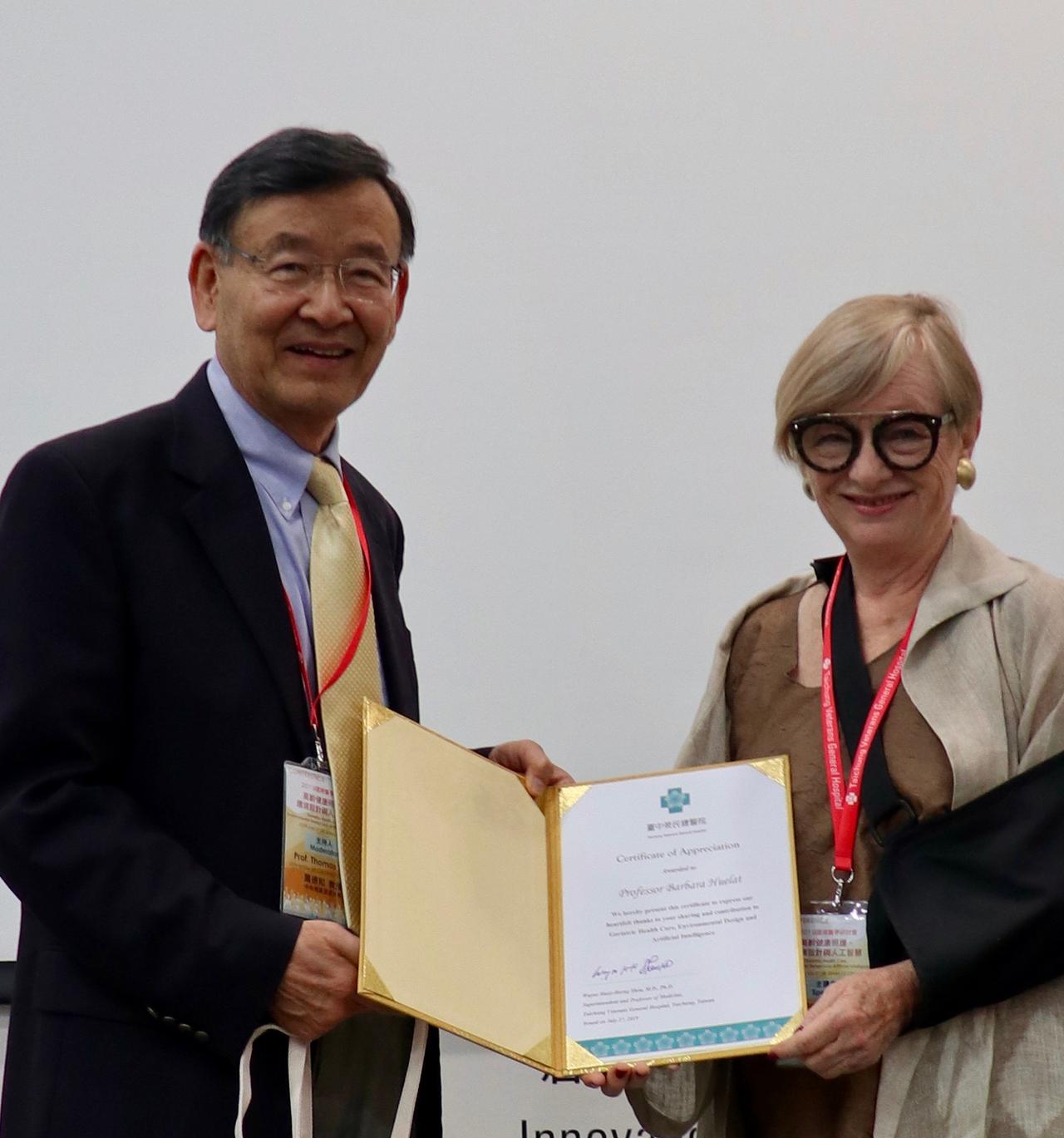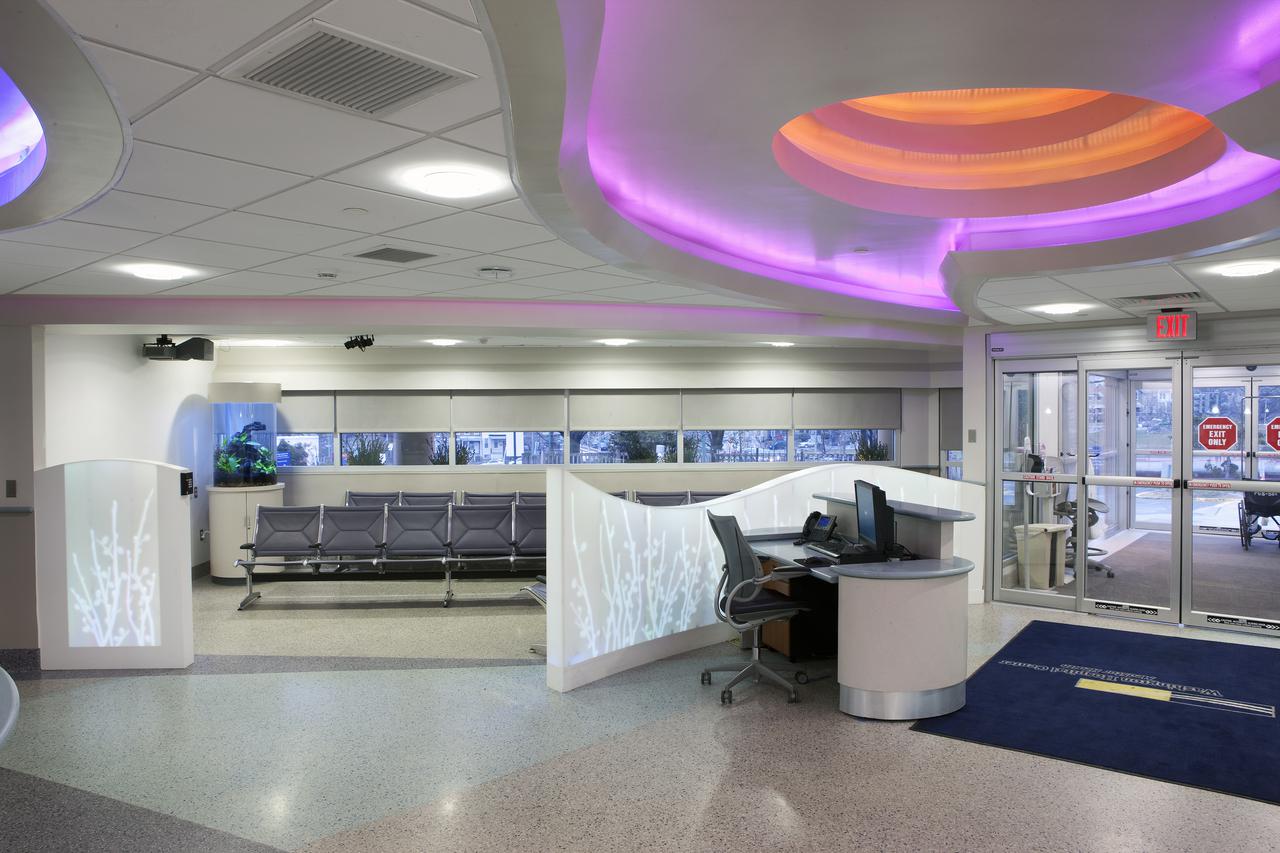We might be biased. Take it from our clients.
As an educator in health ecology and health services administration, I often consult with Barbara in design and implementation of health services administration courses relevant to healing environments. She is very proficient in solving design problems associated with the quality of hospital care. MHA students viewed Barbara’s lectures as exciting and challenging opportunities to improve a modern healthcare facility. Barbara has exemplified as a very powerful leader who has made long lasting impact in shaping the professionalization of health managers.

Professor of Health Management and Informatic, Public Affairs and Medical Education
Many clinicians and designers from around the country and the world have toured the Bridge to ER One and subsequently implemented aspects of the Bridge design in their projects.. This is but one example of how Barbara’s gifts are being disseminated. Within our distributed healthcare network, her influence expands far beyond her contributions to specific environments of care; she has generously shared her expertise and strategies for visualizing environments from a person-centered perspective. Thus, her unique approach to design ripples out into projects across Maryland, Virginia and the District of Columbia through all of us who have been blessed with the opportunity to learn from Barbara.

Director of Nursing
Environmental Research & Design Specialist
One of the greatest challenges she faced in her career was to create an environment that would improve the quality of life of those with moderate to advanced dementia. This required a deeper knowledge of the disease process of dementia and tha neurological functions of those afflicted with the disease. An understanding that dementia typically effects the ability to solidify new memories challenges the designer to explore life in the past and use the iconography and objects of those days to create an environment that is culturally and temporally relevant to those whose abilities to form new memories is limited. Barbara developed an approach where she analyzed what was relevant and important in the local area of the residents when they were teens and young adults - the time of their most relevant emotional memories. Through intensive study of a community's environment during that time period appropriate culturally relevant design features were incorporated that not only created positive feelings for the residents but also directly supported their ability to function.

Barbara, as always, you’ve hit it out of the park connecting and translating the science behind biophilia to the design of our places and spaces. And again, such beautiful examples. On behalf of the webinar attendees, I want to thank you both for sharing your expertise and your passion! I know the attendees learned a lot (I certainly did!) and have a lot to think about as they approach their projects.

Director of Education



